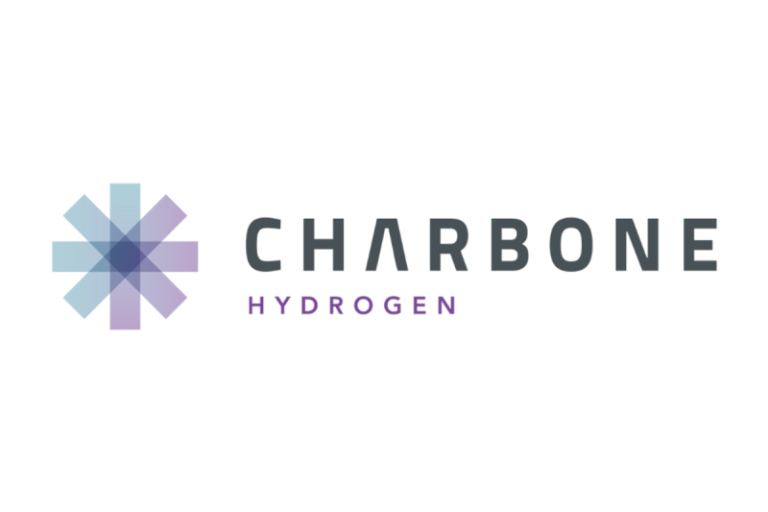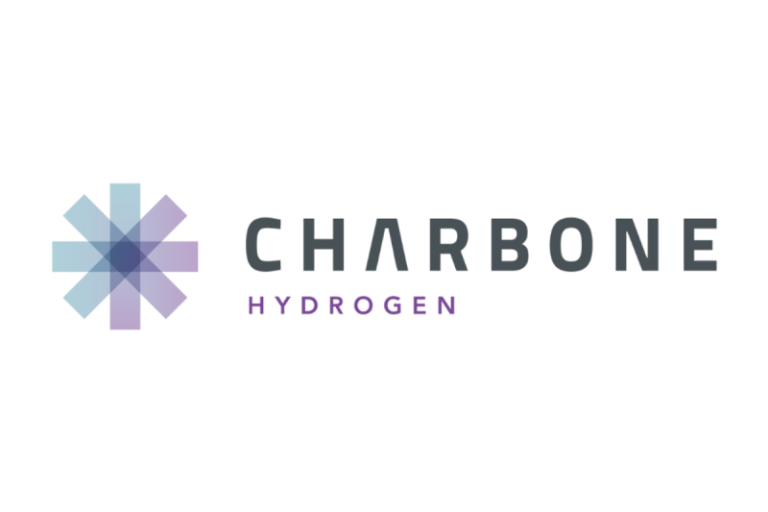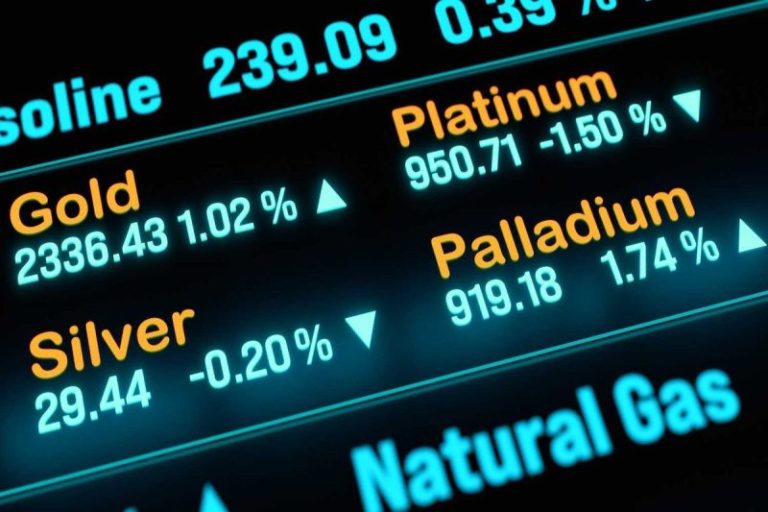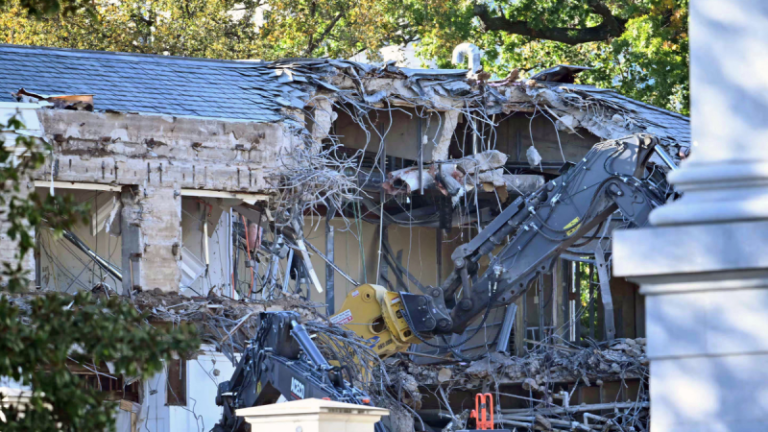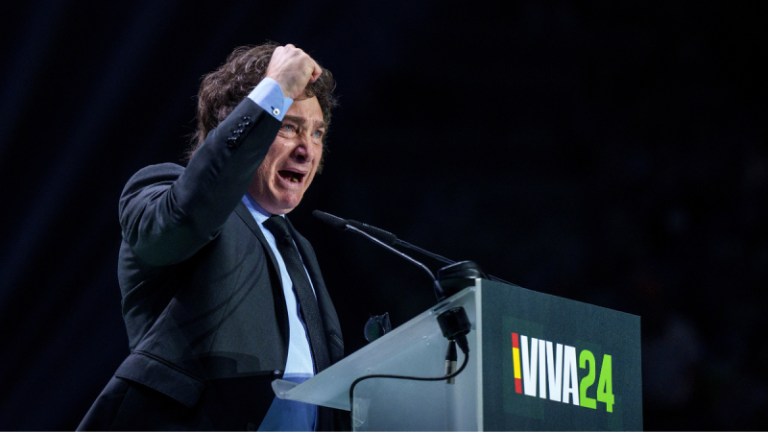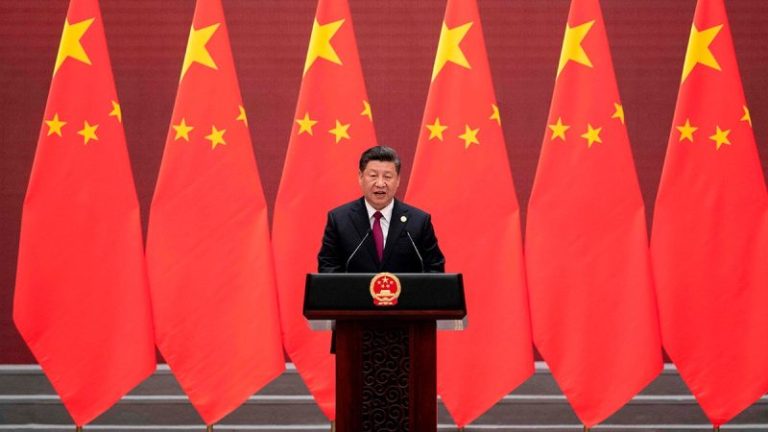1911 Gold Corporation (‘1911 Gold’ or the ‘Company’) (TSXV: AUMB; OTCQB: AUMBF; FRA: 2KY) is pleased to announce the appointment of Éric Vinet as Chief Operating Officer (COO), effective December 1, 2025. The Company has also made several key site-level appointments to further strengthen its operations team, including Sam Bates (Mine Superintendent), David Towle (Mill Manager), and Dan Barrie (Director, Special Projects). These appointments reflect the Company’s strategic focus on building the operational leadership required to advance the 100%-owned and fully permitted True North Gold Project toward a planned restart of operations in 2027.
‘I am excited to welcome Éric Vinet to 1911 Gold as Chief Operating Officer,’ stated Shaun Henrichs, President & CEO. ‘Éric has already played a key role in shaping our technical and operational strategy through his current advisory work with the Company. His extensive experience in mine development, operational optimization, and risk management will be instrumental as we complete the Preliminary Economic Assessment and prepare for the trial mining program next year – important steps toward the restart of the True North Gold mine. Alongside other recent senior site-level appointments, Éric’s leadership further strengthens our capability to execute a safe, efficient, and successful restart of operations at True North.’
‘I look forward to joining 1911 Gold as it moves toward the restart of the True North gold mine,’ stated Éric Vinet. ‘The combination of a proven, high-grade gold system, a skilled operations team, and existing, permitted infrastructure creates an exceptional foundation for success. Having worked on similar underground operations throughout my career (and having spent the past year working alongside the 1911 Gold team as the project advanced), I see a tremendous opportunity to apply my technical and operational experience to safely and efficiently bring the mine back into production. I’m also eager to help evaluate other areas across the Rice Lake property that have strong potential to support additional near-term production.’
Éric Vinet, Chief Operating Officer
Mr. Vinet brings over 30 years of progressive technical and operational experience in the mining industry and has held several senior positions, including Senior Vice President (SVP) Operations at New Gold, where he was also General Manager at the Rainy River mine (2019-2020), repositioning the asset and reinitiating underground mining operations. Prior to this, Mr. Vinet served for several years as General Manager at Semafo Inc.’s gold operations in both Niger and Burkina Faso.
Prior to joining 1911 Gold, Mr. Vinet held key technical roles in several underground mining operations with production ranging from 800 to 4,800 tonnes per day. His experience includes the El Mochito Mine in Honduras with Breakwater Resources Ltd., the Nuestra Señora Mine in Sinaloa, Mexico with Scorpio Gold Corporation, and with African Barrick at the Bulyanhulu Mine in Tanzania. He also held progressively more senior positions at multiple underground operations in the Val-d’Or region, including the Louvicourt Mine, Sigma Mines, and the Kiena Gold and Copper Rand Mines in Chibougamau.
The breadth of this experience – spanning diverse mining methods, operational and capital budgeting, cost management, capital construction, contractor oversight, health and safety management, and the preparation of numerous technical studies – provides Mr. Vinet with a comprehensive and practical skill set that will greatly benefit the Company. He is a graduate of École Polytechnique de Montréal, earning his degree in Mining Engineering in 1989.
In connection with Mr. Vinet’s appointment as COO and under the terms of his current advisory agreement, he has been granted 800,000 options to purchase common shares of the Company, pursuant to the Company’s Long-Term Incentive Plan (the ‘LTIP’). Such options have an exercise price of $0.93 per common share and expire on October 28, 2030. The options vest as to one-third immediately and one-third after the first and second anniversaries of the date of grant. Mr. Vinet has also been granted 300,000 restricted share units (‘RSU’) under the LTIP, vesting one-third on December 1, 2025 and one-third after the first and second anniversaries of the effective date of his appointment.
Sam Bates, Mine Superintendent
Mr. Bates brings over 20 years of mining experience, primarily in the Red Lake gold camp, most recently serving as Mine Operations Superintendent at the Madsen Mine, where he oversaw underground development in support of the mine’s restart. His strong leadership and commitment to safety, combined with experience at operations such as McIlvenna Bay, Keno Hill, and Red Lake, further strengthen 1911 Gold’s site team.
David Towle, Mill Manager
Mr. Towle has over 40 years of milling and processing experience and was most recently Mill Manager at the Madsen Mine in Red Lake, where he managed mill commissioning and startup to achieve nameplate production. His extensive background in plant operations, commissioning, and leadership across multiple Canadian gold projects will be invaluable as 1911 Gold advances toward the restart of operations.
Dan Barrie, Director, Special Projects
Mr. Barrie brings over 30 years of experience in supply chain management, contract administration, and project execution across major Canadian mining projects. His proven expertise in procurement, logistics, and operational readiness will be instrumental as 1911 Gold strengthens its supply chain capabilities in support of long-term operational excellence.
About 1911 Gold Corporation
1911 Gold is a junior developer with a highly prospective, consolidated land package totaling more than 61,647 hectares within and adjacent to the Archean Rice Lake greenstone belt in Manitoba, Canada. The Company also owns the True North mine and mill complex in Bissett, Manitoba. 1911 Gold believes its land package represents a prime exploration opportunity, with the potential to develop a mining district centred on the True North complex.
In addition, the Company holds the Apex project near Snow Lake, Manitoba and the Denton-Keefer project near Timmins, Ontario, and remains focused on advancing organic growth while pursuing accretive acquisition opportunities across North America.
1911 Gold’s True North complex and the exploration land package are located within and among the First Nation communities of the Hollow Water First Nation and the Black River First Nation. 1911 Gold looks forward to maintaining open, cooperative, and respectful communications with all of our local communities and stakeholders to foster mutually beneficial working relationships.
ON BEHALF OF THE BOARD OF DIRECTORS
Shaun Heinrichs
President and CEO
www.1911gold.com
CAUTIONARY STATEMENT REGARDING FORWARD-LOOKING INFORMATION
This news release may contain forward-looking statements. Often, but not always, forward-looking statements can be identified by the use of words such as ‘plans’, ‘expects’ or ‘does not expect’, ‘is expected’, ‘budget’, ‘scheduled’, ‘estimates’, ‘forecasts’, ‘intends’, ‘anticipates’ or ‘does not anticipate’, or ‘believes’, or describes a ‘goal’, or variation of such words and phrases or state that certain actions, events or results ‘may’, ‘could’, ‘would’, ‘might’ or ‘will’ be taken, occur or be achieved.
All forward-looking statements reflect the Company’s beliefs and assumptions based on information available at the time the statements were made. Actual results or events may differ from those predicted in these forward-looking statements. All of the Company’s forward-looking statements are qualified by the assumptions that are stated or inherent in such forward-looking statements, including the assumptions listed below. Although the Company believes that these assumptions are reasonable, this list is not exhaustive of factors that may affect any of the forward-looking statements.
Forward-looking statements involve known and unknown risks, future events, conditions, uncertainties and other factors which may cause the actual results, performance or achievements to be materially different from any future results, predictions, projections, forecasts, performance or achievements expressed or implied by the forward-looking statements. All statements that address expectations or projections about the future, including, but not limited to, statements about the completion of the Preliminary Economic Assessment, and the timing and results thereof, commencement of trail mining next year, and the potential re-start of mining operations in 2027, are forward-looking statements. Although 1911 Gold has attempted to identify important factors that could cause actual actions, events or results to differ materially from those described in forward-looking statements, there may be other factors that cause actions, events or results not to be as anticipated, estimated or intended. There can be no assurance that forward-looking statements will prove to be accurate, as actual results and future events could differ materially from those anticipated in such statements. Accordingly, readers should not place undue reliance on forward-looking statements.
All forward-looking statements contained in this news release are given as of the date hereof. The Company disclaims any intention or obligation to update or revise any forward-looking statements whether as a result of new information, future events or otherwise, except in accordance with applicable securities laws.
Neither TSX Venture Exchange nor its Regulation Services Provider (as that term is defined in the policies of the TSX Venture Exchange) accepts responsibility for the adequacy or accuracy of this release.
SOURCE 1911 Gold Corporation
View original content to download multimedia: http://www.newswire.ca/en/releases/archive/October2025/28/c4303.html
News Provided by Canada Newswire via QuoteMedia


